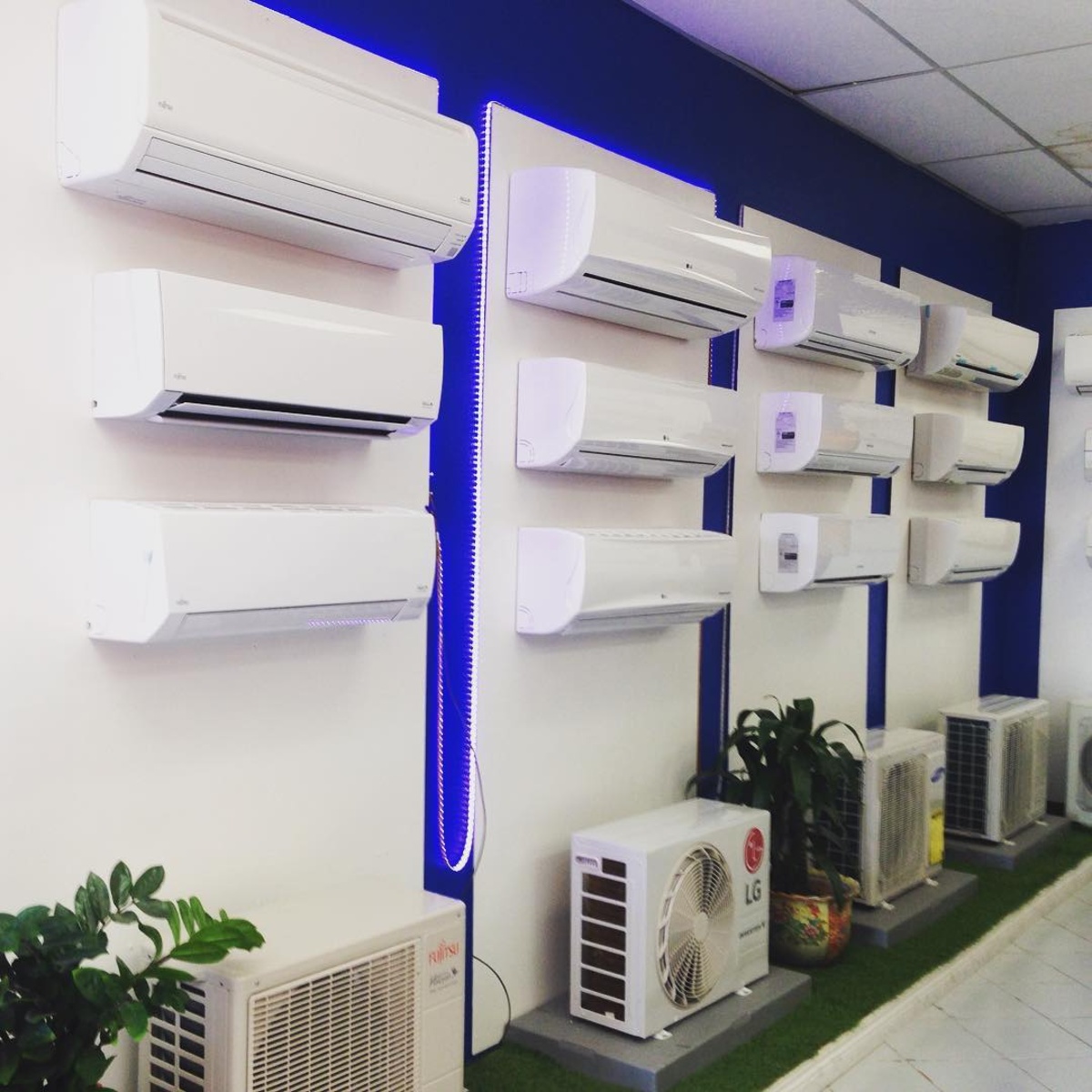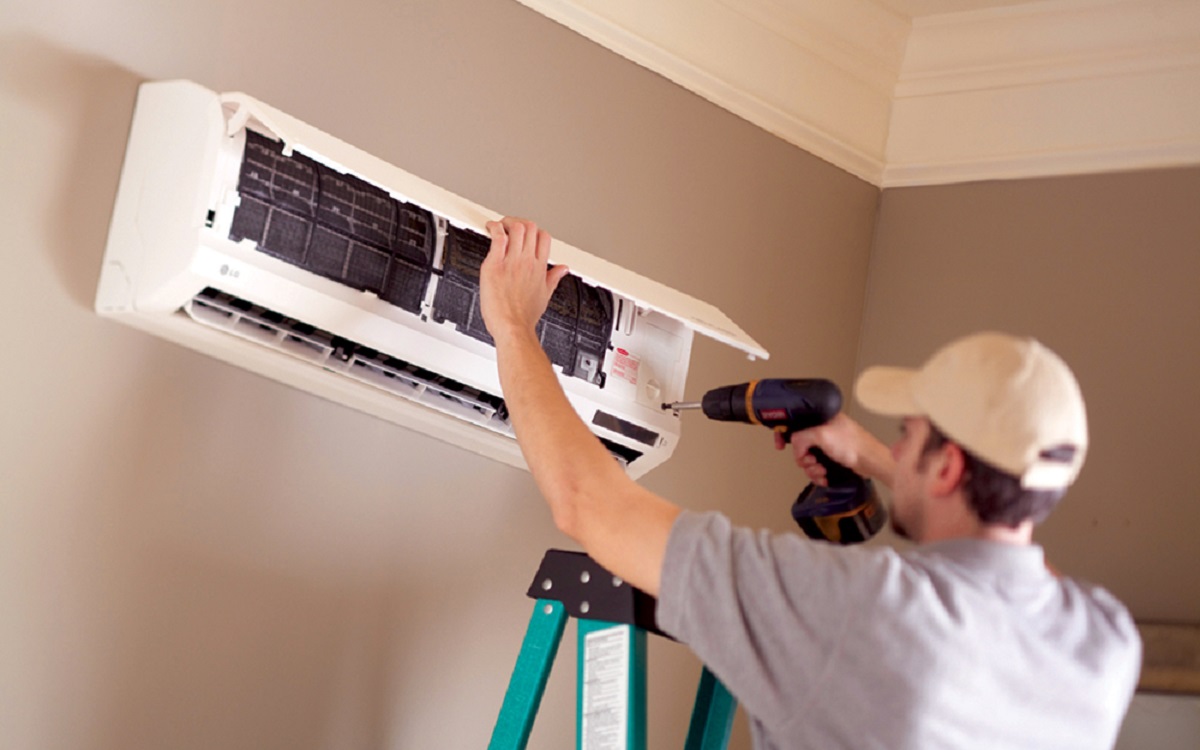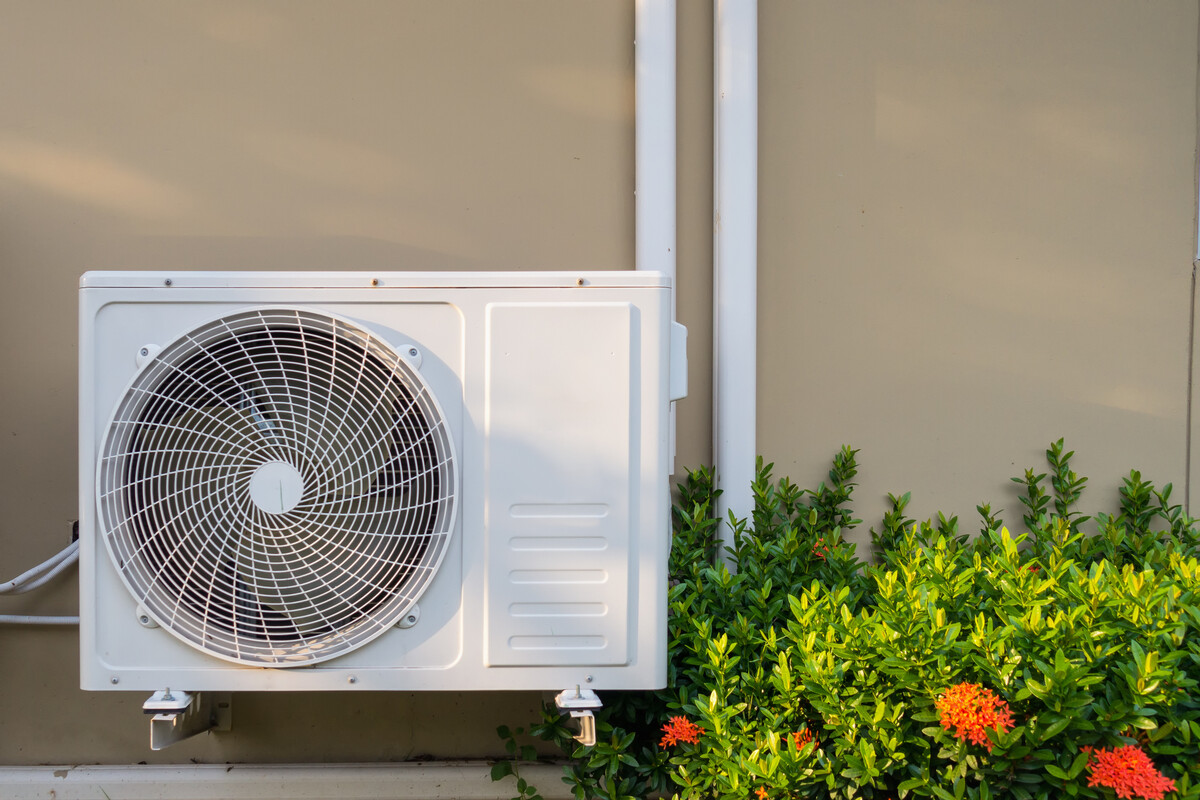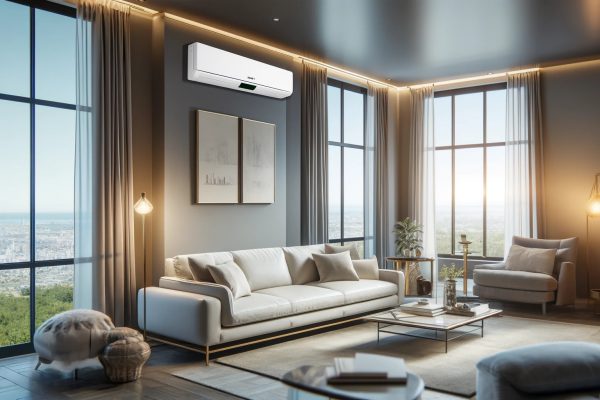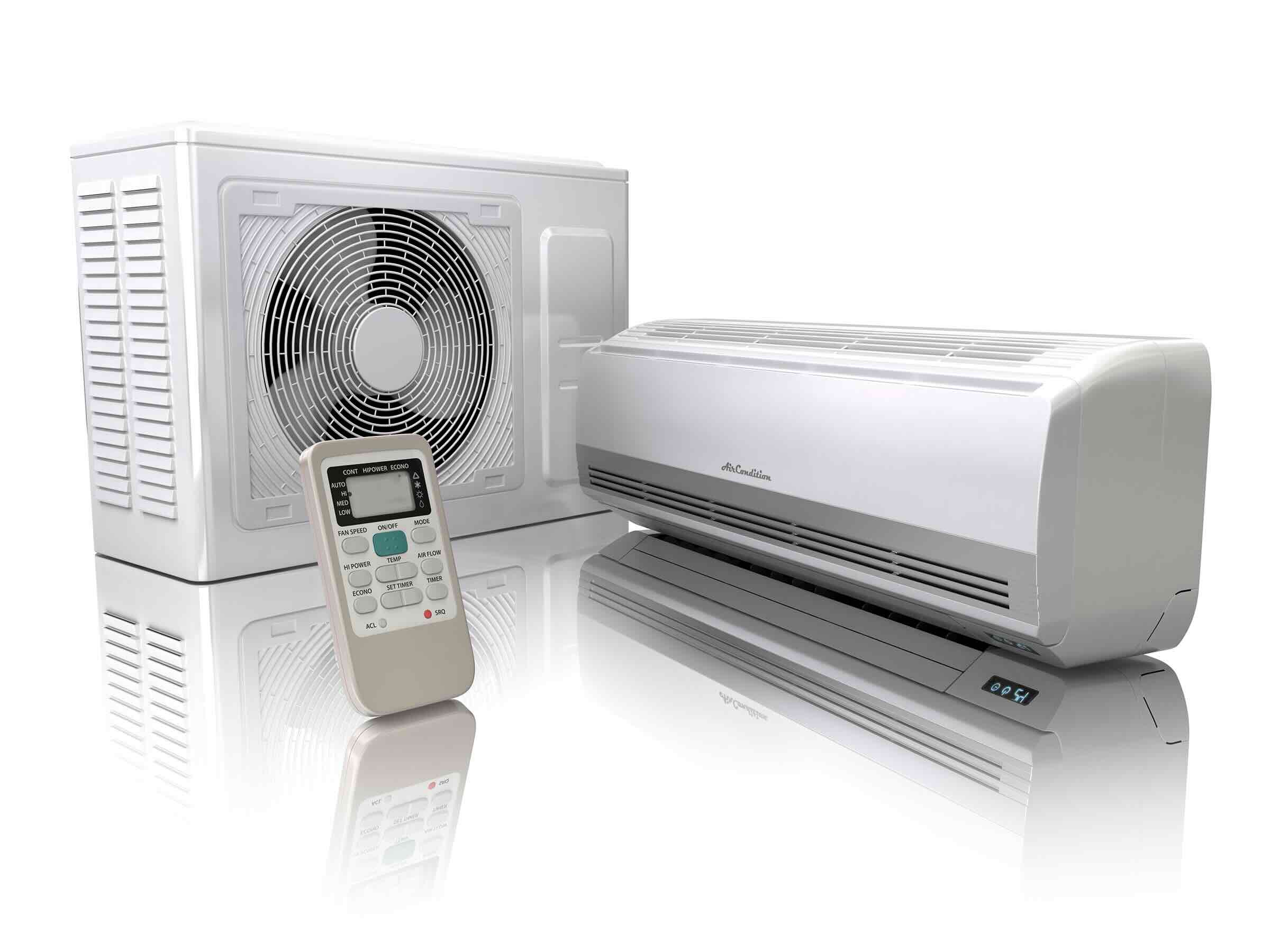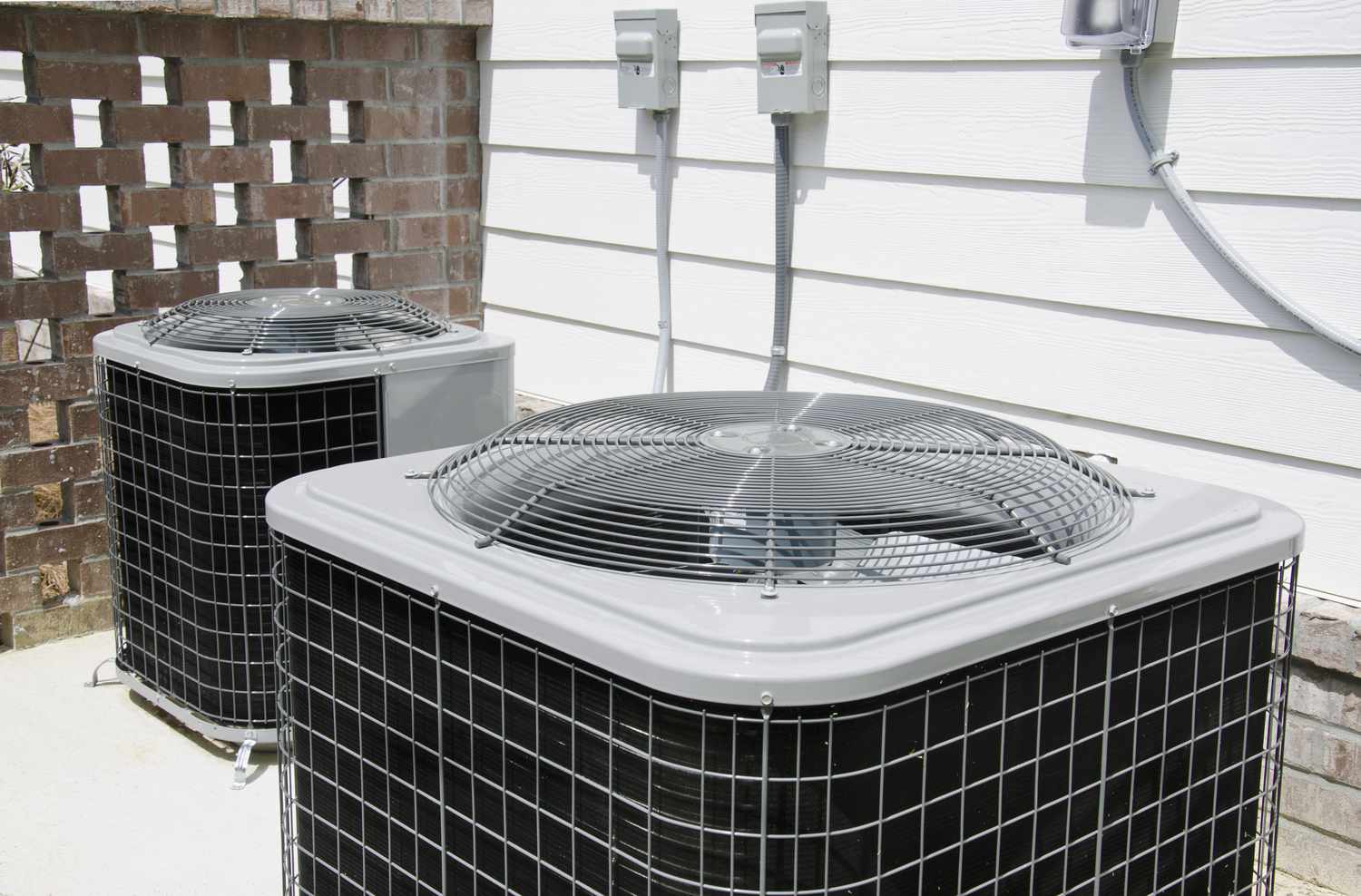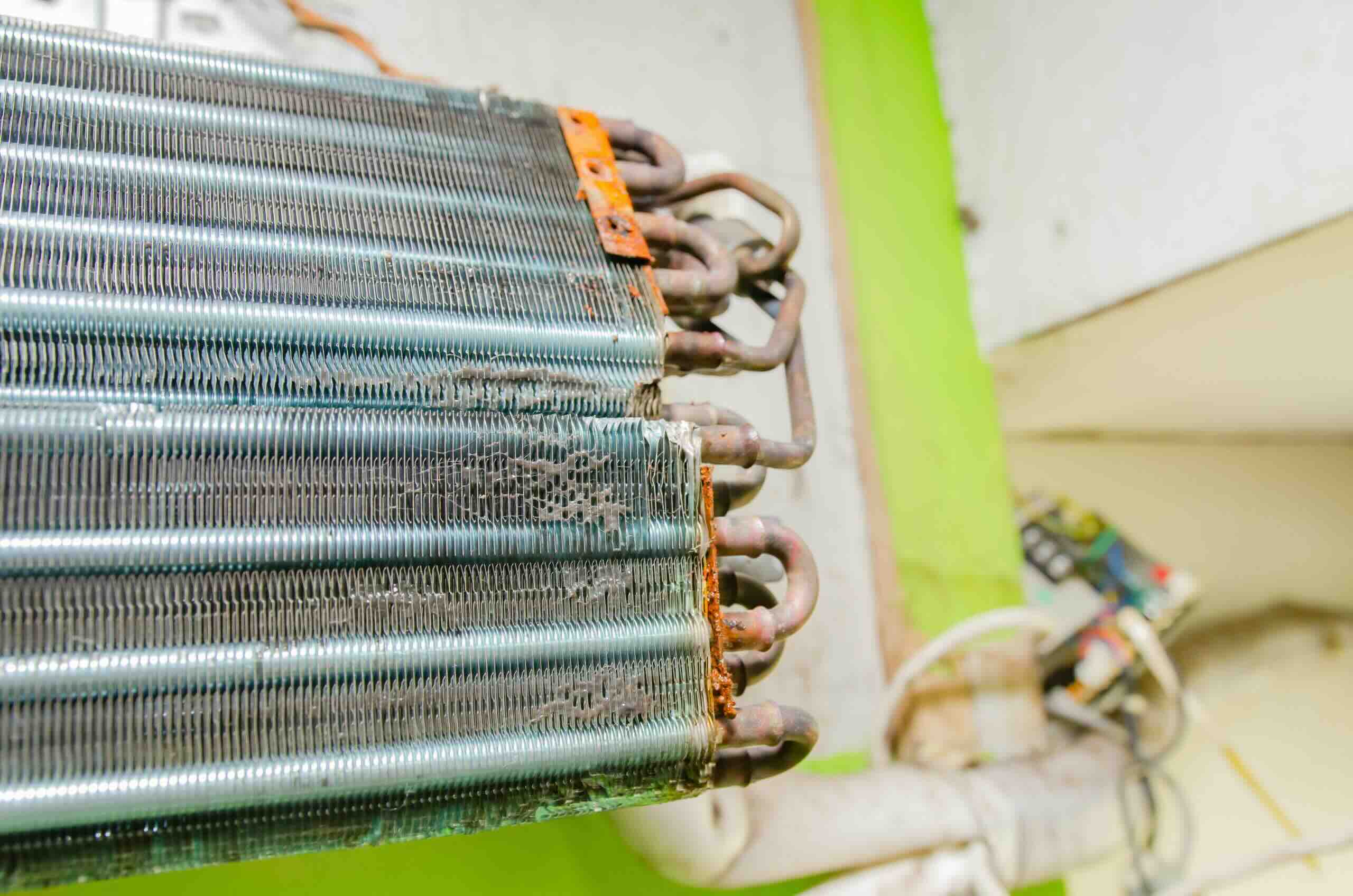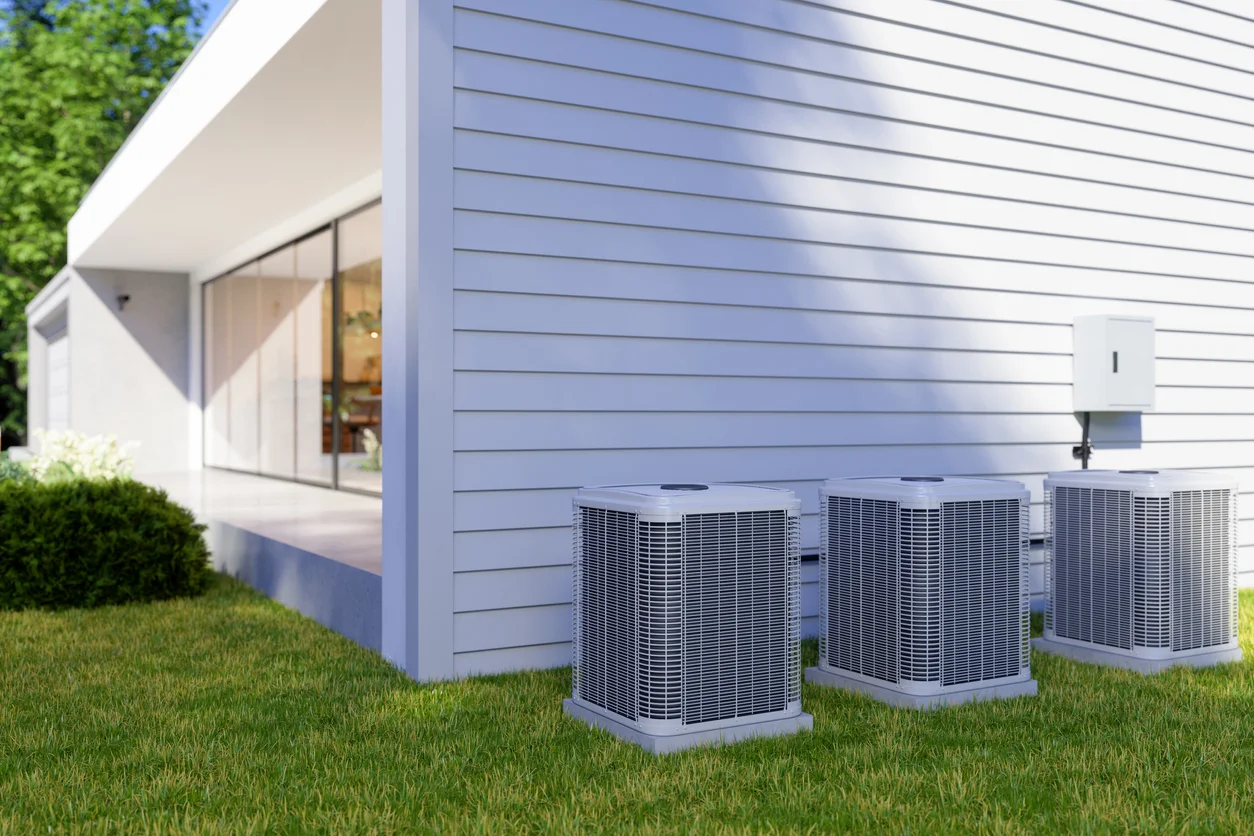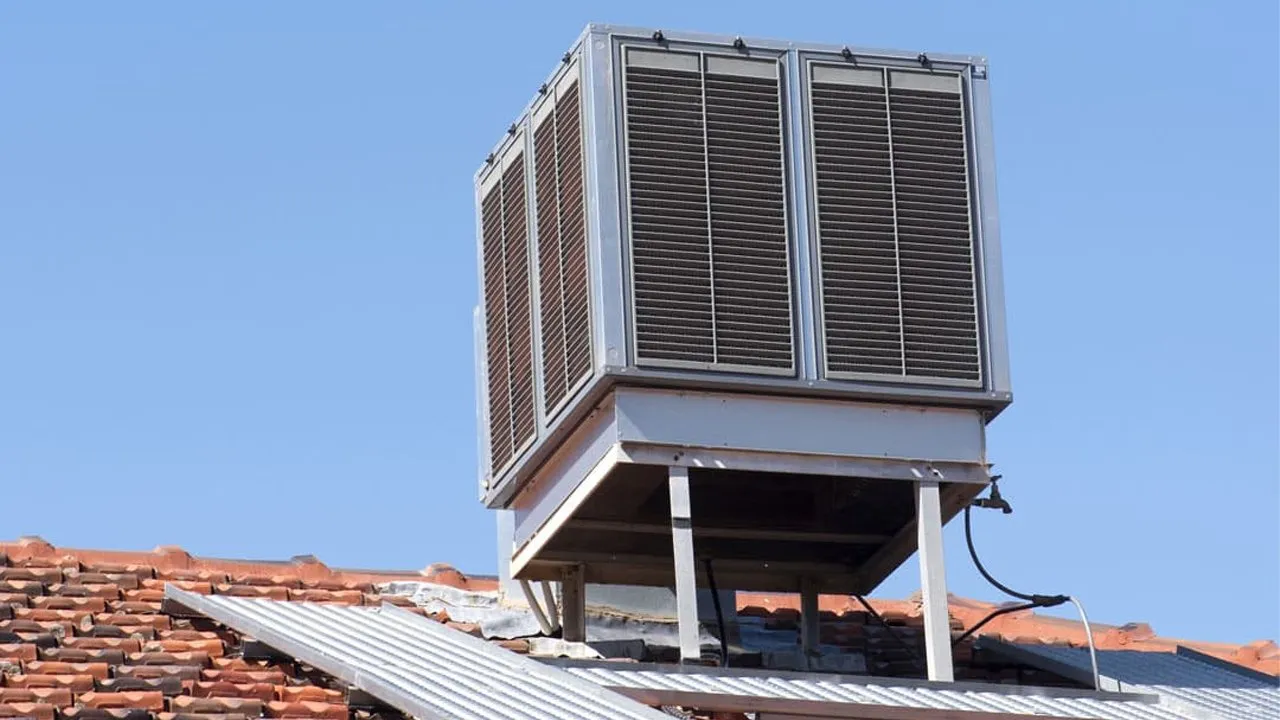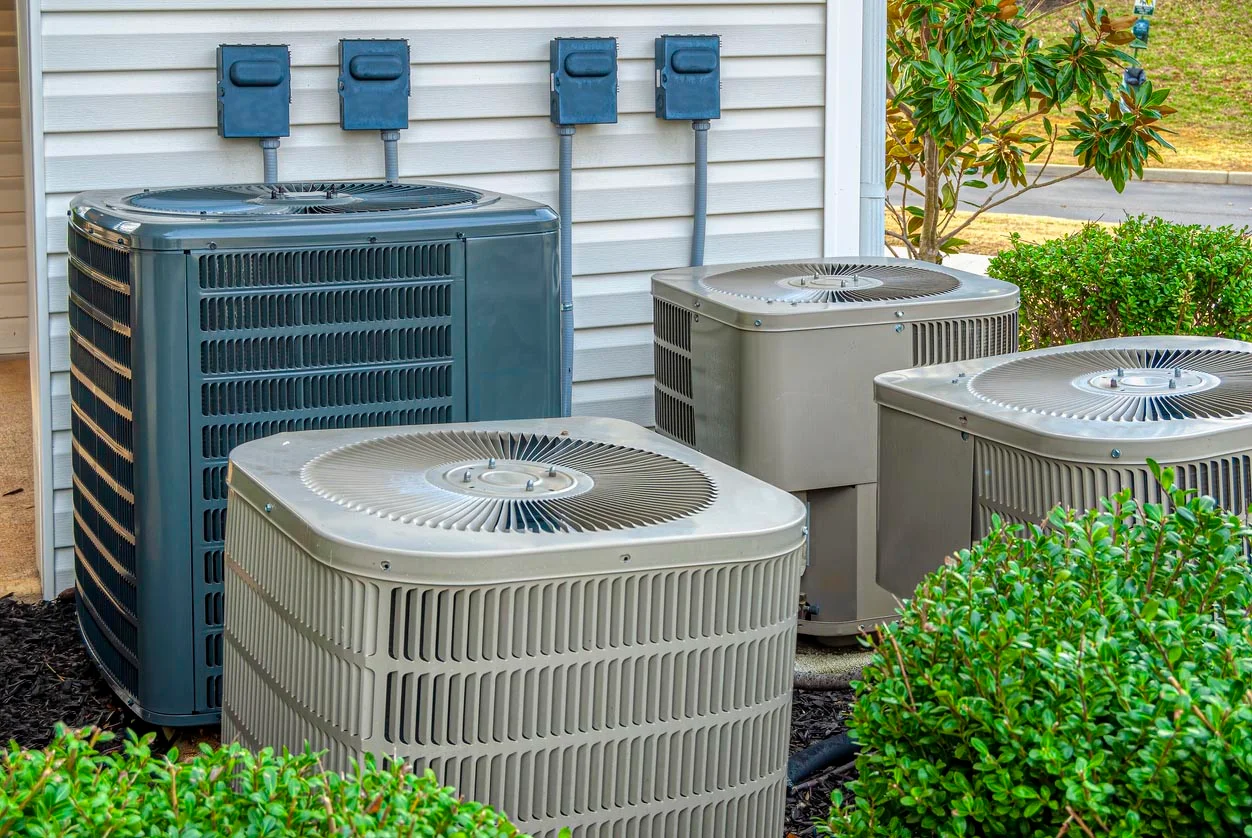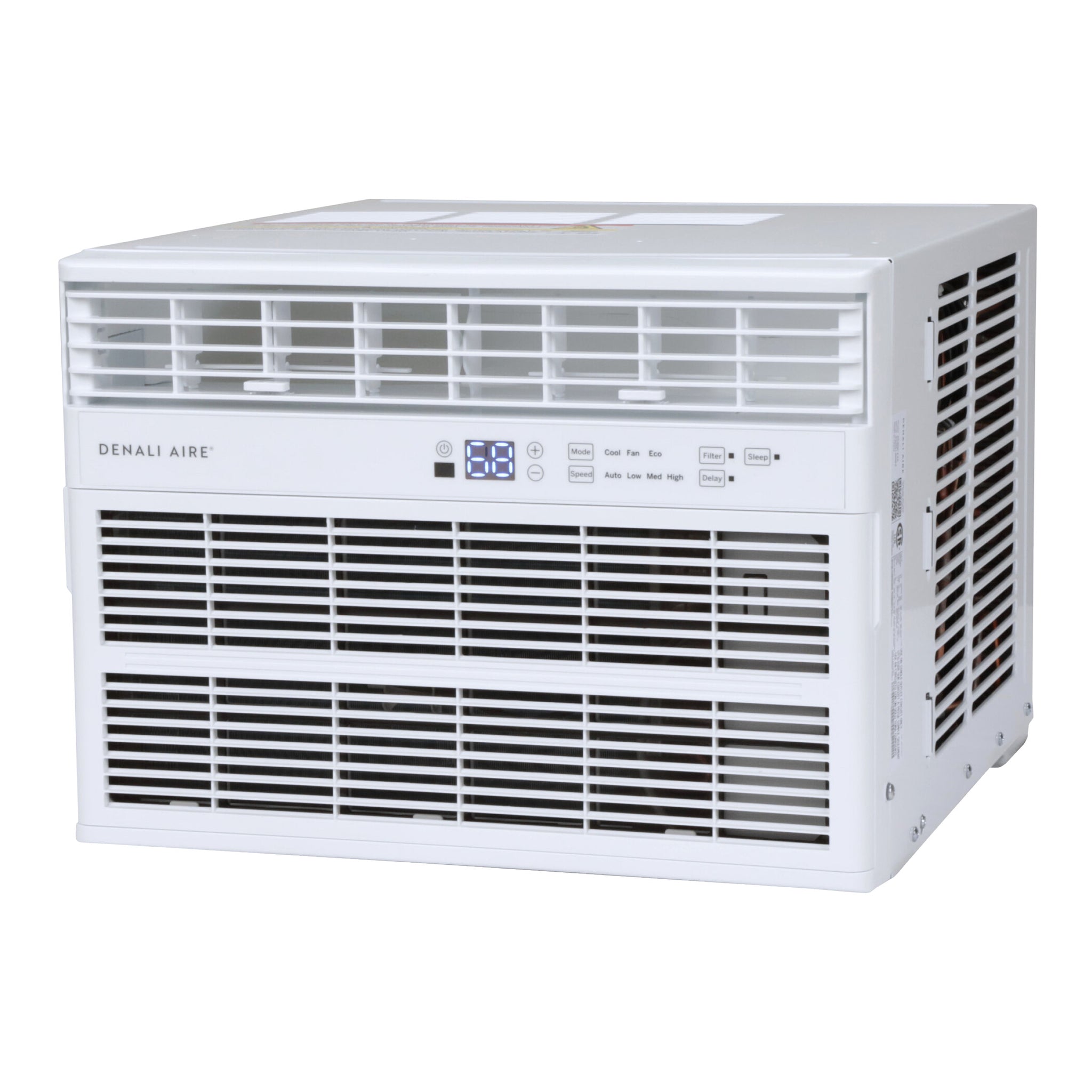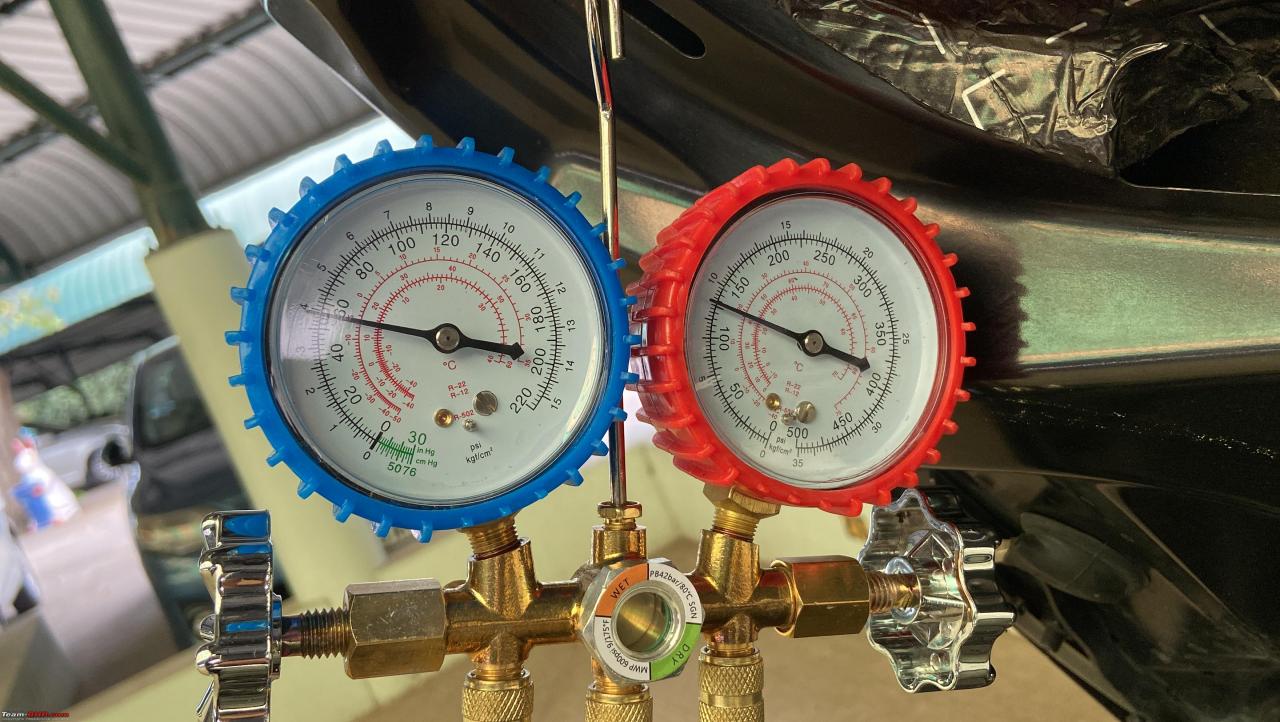Home>Home Maintenance>What Is A Split Unit Air Conditioner


Home Maintenance
What Is A Split Unit Air Conditioner
Modified: October 20, 2024
Learn about split unit air conditioners for efficient home maintenance. Find out how these systems work and their benefits for cooling your home.
(Many of the links in this article redirect to a specific reviewed product. Your purchase of these products through affiliate links helps to generate commission for Storables.com, at no extra cost. Learn more)
Introduction
When it comes to maintaining a comfortable home environment, an efficient and reliable cooling system is essential, especially during sweltering summers. Among the myriad of cooling options available, the split unit air conditioner stands out as a popular choice for many homeowners. This innovative cooling system offers numerous benefits, but it's crucial to understand how it works, its components, and the installation and maintenance requirements to make an informed decision about incorporating it into your home.
In this comprehensive guide, we'll delve into the inner workings of a split unit air conditioner, exploring its components, advantages, and disadvantages. Additionally, we'll provide valuable insights into the installation and maintenance of this cooling system, empowering you to make informed decisions about your home's cooling needs.
So, let's embark on a journey to unravel the mysteries of the split unit air conditioner, discovering the technology that keeps homes cool and comfortable during the hottest days of the year.
Key Takeaways:
- Split unit air conditioners use two main components, an outdoor condenser and an indoor evaporator, to cool indoor spaces efficiently and quietly, making them a versatile and visually appealing cooling solution for homes and businesses.
- While split unit air conditioners offer zoned cooling, improved air quality, and energy efficiency, they require professional installation and regular maintenance. Understanding their advantages and disadvantages can help make informed decisions about incorporating them into specific cooling needs.
How Does a Split Unit Air Conditioner Work?
Understanding the functionality of a split unit air conditioner is pivotal in grasping its effectiveness in cooling indoor spaces. Unlike traditional air conditioning systems, a split unit air conditioner comprises two main components: an outdoor unit, known as the condenser, and an indoor unit, known as the evaporator. These units work in tandem to regulate indoor temperatures and maintain a comfortable atmosphere.
When the air conditioner is activated, the outdoor condenser unit initiates the cooling process by compressing and circulating refrigerant, typically a specialized coolant such as R-410A. As the refrigerant flows through the condenser coils, it transforms from a gaseous state to a liquid, releasing heat into the external environment. The now-cooled refrigerant travels through a conduit to the indoor evaporator unit, where it undergoes a phase change, transitioning back into a gaseous state.
As the warm indoor air is drawn into the evaporator unit, it passes over the cold coils containing the gaseous refrigerant. The refrigerant absorbs the heat from the air, cooling it in the process. The newly cooled air is then distributed throughout the indoor space via a fan, effectively lowering the ambient temperature and creating a more comfortable environment.
Furthermore, the split unit air conditioner is equipped with a thermostat that regulates the cooling process, ensuring that the desired temperature is maintained. Once the indoor space reaches the preset temperature, the thermostat signals the system to pause the cooling cycle until the ambient temperature deviates from the specified range, thus conserving energy and optimizing efficiency.
By comprehending the intricate process by which a split unit air conditioner operates, homeowners can appreciate its efficacy in delivering consistent and reliable cooling performance, making it a valuable addition to any living space.
Components of a Split Unit Air Conditioner
A split unit air conditioner consists of several essential components, each playing a crucial role in the cooling process. Understanding these components is instrumental in comprehending the system’s functionality and identifying potential issues that may arise. Let’s explore the key elements of a split unit air conditioner:
- Outdoor Condenser Unit: This unit houses the compressor, condenser coil, and a fan. The compressor is responsible for pressurizing the refrigerant, initiating the cooling cycle. As the refrigerant moves through the condenser coil, it releases heat into the external environment. The fan facilitates the dissipation of heat, promoting efficient cooling.
- Indoor Evaporator Unit: Positioned within the living space, the evaporator unit contains the evaporator coil and a fan. As warm air is drawn into the unit, it passes over the cold evaporator coil, where the refrigerant absorbs the heat, cooling the air. The fan then circulates the cooled air throughout the indoor space.
- Refrigerant Lines: These lines facilitate the flow of refrigerant between the outdoor condenser unit and the indoor evaporator unit. The refrigerant undergoes phase changes, transitioning between liquid and gaseous states as it absorbs and releases heat, contributing to the cooling process.
- Thermostat: The thermostat serves as the control center of the split unit air conditioner, allowing users to set and regulate the desired temperature. It communicates with the system to activate or pause the cooling cycle based on the indoor temperature, ensuring optimal comfort and energy efficiency.
- Air Filters: These components are crucial for maintaining indoor air quality. By capturing dust, pollen, and other airborne particles, air filters contribute to a healthier living environment and prevent the accumulation of debris within the air conditioner, promoting efficient operation.
- Expansion Valve: This valve regulates the flow of refrigerant, ensuring that the appropriate amount enters the evaporator coil to facilitate the cooling process. By controlling the refrigerant flow, the expansion valve optimizes the system’s performance and energy efficiency.
By familiarizing yourself with these components, you can gain a deeper understanding of how a split unit air conditioner functions and recognize the significance of each element in maintaining a comfortable indoor climate.
Advantages of a Split Unit Air Conditioner
Split unit air conditioners offer a myriad of benefits that make them a popular choice for cooling residential and commercial spaces. Understanding these advantages can aid in making an informed decision when considering an air conditioning system. Let’s explore the notable advantages of a split unit air conditioner:
- Quiet Operation: Unlike traditional window units, split unit air conditioners operate quietly, as the noisy condenser component is located outdoors. This ensures a peaceful indoor environment without disruptive mechanical sounds.
- Energy Efficiency: Split unit air conditioners are designed to be highly energy-efficient. The ability to regulate individual zones or rooms allows for targeted cooling, reducing energy consumption and utility costs while promoting environmental sustainability.
- Improved Aesthetic Appeal: With the indoor unit mounted discreetly on a wall or ceiling, split unit air conditioners offer a sleek and unobtrusive appearance, enhancing the visual appeal of interior spaces without obstructing windows or creating obtrusive installations.
- Flexibility in Installation: The absence of ductwork in split unit air conditioners provides flexibility in installation, making them suitable for both new construction and retrofit projects. This feature allows for customized cooling solutions tailored to specific spatial requirements.
- Zoned Cooling: Split unit air conditioners enable zoned cooling, allowing users to regulate temperatures in different areas of a building independently. This capability enhances comfort and allows for personalized climate control based on individual preferences and occupancy patterns.
- Enhanced Air Quality: The integrated air filters in split unit air conditioners contribute to improved indoor air quality by capturing dust, allergens, and pollutants. This feature promotes a healthier living environment and reduces the risk of respiratory issues associated with poor air quality.
By embracing these advantages, homeowners and business owners can appreciate the compelling attributes of split unit air conditioners, recognizing them as efficient, versatile, and aesthetically pleasing cooling solutions that cater to diverse needs and preferences.
Disadvantages of a Split Unit Air Conditioner
While split unit air conditioners offer numerous benefits, it’s important to consider their potential drawbacks to make an informed decision regarding their suitability for specific cooling needs. Understanding these disadvantages can guide homeowners and businesses in weighing the pros and cons of this cooling system. Let’s explore the notable disadvantages of a split unit air conditioner:
- Upfront Cost: The initial investment for a split unit air conditioner, including the purchase of the system and professional installation, can be higher compared to traditional window units. However, the long-term energy savings and operational efficiency often offset the upfront expenses.
- Professional Installation: Proper installation of a split unit air conditioner requires the expertise of HVAC professionals. While this ensures optimal performance and system longevity, it entails additional installation costs and the need to engage qualified technicians for the setup process.
- Limited Cooling Range: Split unit air conditioners are designed to cool specific zones or rooms, limiting their capacity to provide centralized cooling for larger spaces. This may necessitate the installation of multiple units for comprehensive cooling coverage, potentially increasing the overall investment.
- Exterior Aesthetics: The outdoor condenser unit of a split unit air conditioner may impact the exterior aesthetics of a property. While efforts can be made to position the unit inconspicuously, its presence may be a consideration for homeowners seeking to maintain a particular visual appeal for their outdoor spaces.
- Ongoing Maintenance: Like all air conditioning systems, split unit air conditioners require regular maintenance to ensure optimal performance and longevity. This entails cleaning or replacing air filters, inspecting refrigerant levels, and scheduling professional tune-ups, adding to the ongoing operational costs.
- Dependency on Electricity: Split unit air conditioners rely on electricity to power their cooling operations. In regions with unstable power infrastructure or frequent outages, homeowners may need to consider backup power solutions to maintain indoor comfort during disruptions.
By acknowledging these disadvantages, individuals can make informed decisions regarding the implementation of split unit air conditioners, considering factors such as budget, spatial requirements, and maintenance commitments to ensure a well-suited cooling solution for their specific needs.
When installing a split unit air conditioner, make sure the indoor and outdoor units are placed at a suitable distance to ensure efficient cooling and proper airflow.
Read more: What Is Mini Split AC
Installation and Maintenance of a Split Unit Air Conditioner
Proper installation and diligent maintenance are essential for maximizing the efficiency, longevity, and performance of a split unit air conditioner. Whether integrating a new system or maintaining an existing one, adhering to installation best practices and routine upkeep is paramount. Let’s delve into the key considerations for the installation and maintenance of a split unit air conditioner:
Installation
Professional installation by certified HVAC technicians is crucial to ensure the optimal performance and longevity of a split unit air conditioner. The installation process typically involves the following steps:
- Site Assessment: HVAC professionals conduct a thorough assessment of the property to determine the most suitable locations for mounting the indoor and outdoor units, ensuring efficient airflow and minimal obtrusion.
- Electrical Wiring: Proper electrical connections are established to power the indoor and outdoor units, adhering to safety protocols and local building codes to prevent electrical hazards and ensure reliable operation.
- Refrigerant Handling: HVAC technicians handle the refrigerant with precision, ensuring proper charging and sealing to prevent leaks and optimize the cooling efficiency of the system.
- Drainage Setup: Condensate drainage systems are installed to facilitate the proper disposal of moisture generated during the cooling process, preventing water accumulation and potential property damage.
Maintenance
Regular maintenance is vital for preserving the functionality and efficiency of a split unit air conditioner. Key maintenance tasks include:
- Filter Cleaning or Replacement: Routinely cleaning or replacing air filters is essential to maintain optimal airflow and indoor air quality, preventing debris buildup that can impede performance.
- Coil Cleaning: Periodic cleaning of the evaporator and condenser coils is necessary to remove accumulated dirt and debris, promoting efficient heat exchange and preventing energy wastage.
- Refrigerant Inspection: HVAC professionals should inspect refrigerant levels and address any leaks or deficiencies to ensure the system’s cooling capacity and energy efficiency are maintained.
- Component Lubrication: Lubricating moving components, such as fan motors and bearings, reduces friction and wear, contributing to the smooth operation and longevity of the system.
- Professional Tune-Ups: Scheduled maintenance appointments with HVAC experts enable comprehensive system inspections, adjustments, and performance optimization, addressing any potential issues before they escalate.
By prioritizing professional installation and adhering to a proactive maintenance regimen, homeowners can enjoy the reliable performance, energy efficiency, and longevity of their split unit air conditioner, ensuring a consistently comfortable indoor environment.
Conclusion
As we conclude our exploration of the split unit air conditioner, it’s evident that this innovative cooling system offers a blend of efficiency, flexibility, and comfort, making it a compelling choice for residential and commercial cooling needs. Understanding the inner workings, components, advantages, and disadvantages of a split unit air conditioner empowers homeowners and businesses to make informed decisions when considering their cooling options.
The seamless collaboration between the outdoor condenser unit and indoor evaporator unit, coupled with zoned cooling capabilities and enhanced energy efficiency, positions the split unit air conditioner as a versatile and effective solution for maintaining comfortable indoor environments. Its ability to deliver quiet operation, improved air quality, and customizable cooling further solidifies its appeal as a practical and reliable cooling system.
While the initial investment and ongoing maintenance considerations are important factors to weigh, the long-term benefits of energy savings, personalized climate control, and unobtrusive aesthetics make the split unit air conditioner a valuable addition to any property.
By prioritizing professional installation and embracing a proactive maintenance approach, individuals can optimize the performance and longevity of their split unit air conditioner, ensuring consistent comfort and operational efficiency throughout its lifespan.
In essence, the split unit air conditioner stands as a testament to the evolution of cooling technology, offering a harmonious blend of functionality, comfort, and adaptability to meet the diverse cooling needs of modern living spaces. Embracing this innovative cooling solution can pave the way for enhanced comfort, energy savings, and a healthier indoor environment, enriching the quality of life for occupants and fostering a more sustainable approach to home cooling.
As we navigate the ever-changing landscape of home maintenance and comfort, the split unit air conditioner exemplifies the fusion of technological advancement and consumer-centric design, promising a cool and refreshing oasis amidst the sweltering heat of summer.
Frequently Asked Questions about What Is A Split Unit Air Conditioner
Was this page helpful?
At Storables.com, we guarantee accurate and reliable information. Our content, validated by Expert Board Contributors, is crafted following stringent Editorial Policies. We're committed to providing you with well-researched, expert-backed insights for all your informational needs.

